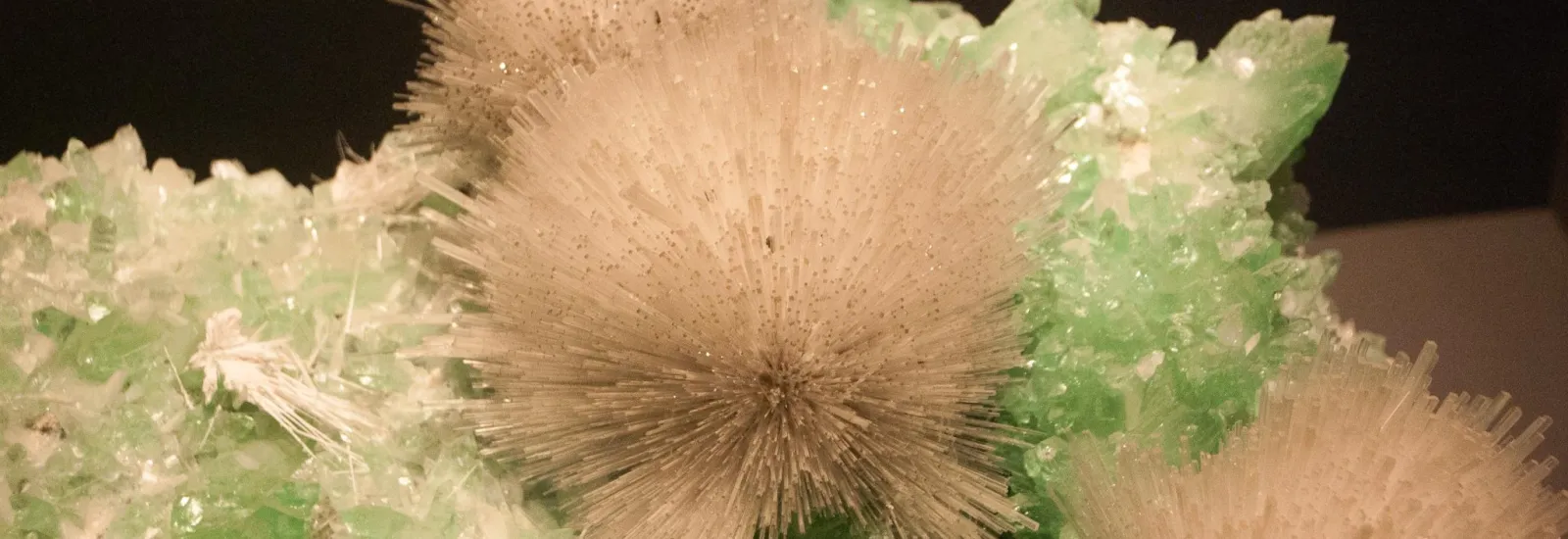
Solve your painful gout symptoms
Has your doctor told you that your painful joint symptoms and strange swollen big toe are caused by a condition called gout? If that’s you there’s much you can do to alleviate the condition and stop miserable gout symptoms from returning.
According to the Arthritis Foundation gout is an extremely painful inflammation that occurs most often in the joints of the lower extremities due to high levels of uric acid in the blood. Uric acid a normal byproduct of the breakdown of many foods is usually eliminated in urine. But if the kidneys can’t process uric acid effectively it builds up in the blood forming sharp crystals that clump together and collect in and around joints causing swelling and stabbing pain.
You’re more likely to experience gout if someone in your family also has gout but the most likely cause is your lifestyle. The same unhealthy habits that cause obesity can lead to gout including lack of exercise and a daily diet of red meat sugary drinks and more than two alcoholic drinks — specifically beer — every day.
In fact specific diuretic medications intended for high blood pressure leg swelling or heart failure can also cause gout symptoms according to the Arthritis Foundation.
What are the symptoms of gout?
The tip-off to gout is a sudden and intense pain redness and swelling in the joints of one of the big toes the Arthritis Foundation noted. Often this attack is brought on by trauma to the area that jostles the uric acid crystals built up there causing inflammation and pain. Another trigger is an illness or even medication which can cause uric acid levels in the blood to rise. Gout can also strike other lower body joints such as an ankle or a knee although it most often strikes first in the big toe.
To diagnose gout doctors will review your health history ask about your diet and what could have precipitated the pain and swelling trying to rule out other causes of pain in that specific joint. Your doctor will also perform a blood test to determine the level of uric acid in your blood. If gout is suspected your doctor may draw some fluid from the swollen joint because finding uric acid crystals is a sure sign.
How to reduce your chances of a gout attack
The excruciating pain of a gout attack usually peaks during the first three days and often subsides within a week until disappearing completely the Arthritis Foundation explained. But you’ll likely have a flare-up if you don’t make changes to your lifestyle to reduce the amount of uric acid in your blood especially if you have a hereditary predisposition. After an attack resolves your doctor may prescribe medication to reduce your blood uric acid levels although these can cause uric acid crystals to move inside the joint and trigger a painful flare-up. The most permanent way to decrease uric acid levels and prevent future gout symptoms is to change your diet.
Speak with your doctor about more to treat gout and how you should manage your specific diet.
Image source: MorgueFile


